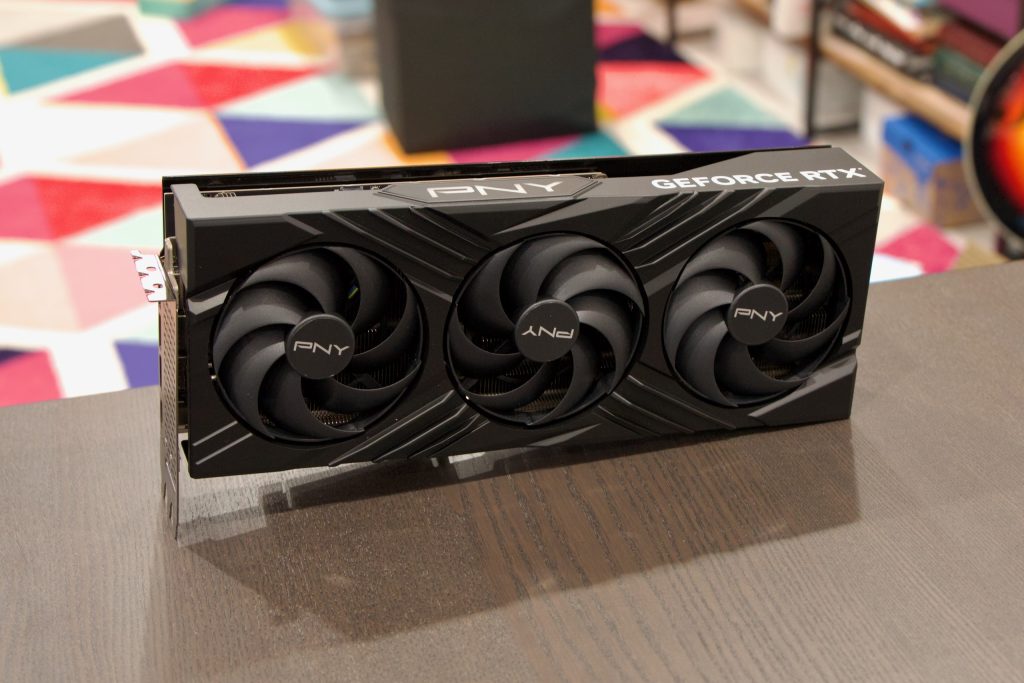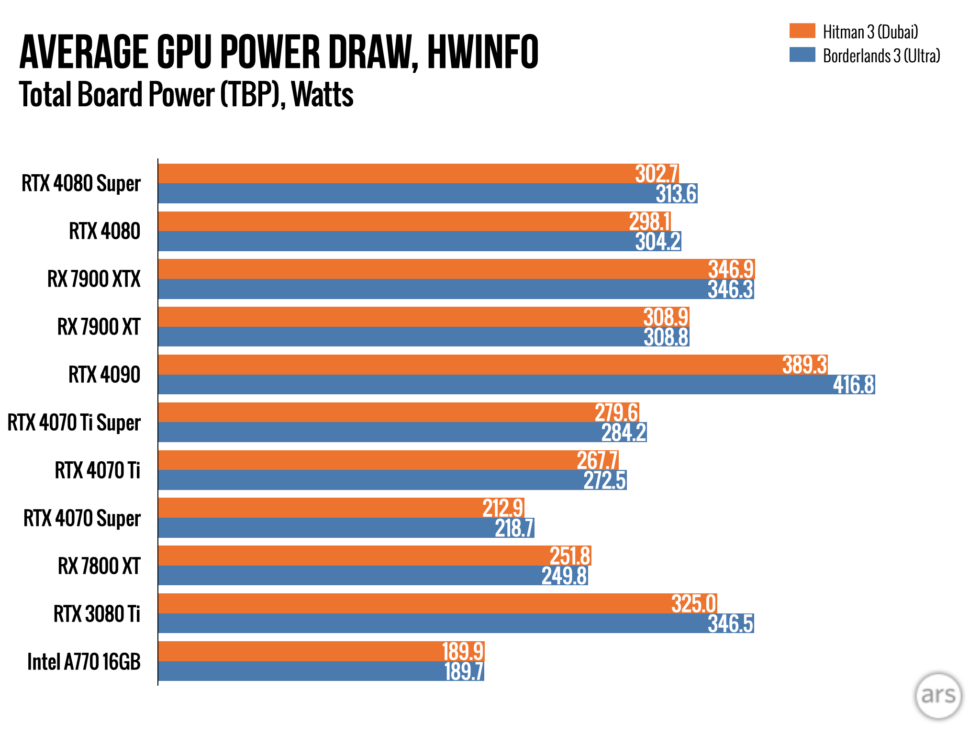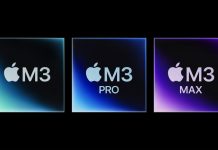Down from $1,199 for the 4080, this GPU’s price is more in line with its speed.

Nvidia’s new RTX 4080 Super is technically faster than the regular 4080, but, by an order of magnitude, the most interesting thing about it is that, at its launch price of $999, it’s $200 cheaper than the original 4080. I am going to write more after this sentence, but that’s basically the review. You’re welcome to keep reading, and I would appreciate it if you would, but truly there is only one number you need to know, and it is “$200.”
All three of these Super cards—the 4070 Super, the 4070 Ti Super, and now the 4080 Super—are mild correctives for a GPU generation that has been more expensive than its predecessors and also, in relative terms, less of a performance boost. The difference is that where the 4070 Super and 4070 Ti Super try to earn their existing price tags by boosting performance, the 4080 Super focuses on lowering its price to be more in line with where its competition is.
Yes, it’s marginally faster than the original 4080, but its best feature is a price drop from $1,199 to a still high, but more reasonable, $999. What it doesn’t do is attempt to close the gap between the 4080 series and the 4090, a card that still significantly outruns any other consumer GPU that AMD or Nvidia offers. But if you have a big budget, want something that’s still head-and-shoulders above the entire RTX 30-series, and don’t want to deal with the 4090’s currently inflated pricing, the 4080 Super is much more appealing than the regular 4080, even if it is basically the same GPU with a new name.Advertisement
All you need to know about the 4080 Super
| RTX 4090 | RTX 4080 | RTX 4080 SUPER | RTX 4070 TI | RTX 4070 TI SUPER | RTX 4070 | RTX 4070 SUPER | |
|---|---|---|---|---|---|---|---|
| CUDA CORES | 16,384 | 9,728 | 10,240 | 7,680 | 8,448 | 5,888 | 7,168 |
| BOOST CLOCK | 2,520 MHz | 2,505 MHz | 2,550 MHz | 2,610 MHz | 2,610 MHz | 2,475 MHz | 2,475 MHz |
| MEMORY BUS WIDTH | 384-bit | 256-bit | 256-bit | 192-bit | 256-bit | 192-bit | 192-bit |
| MEMORY CLOCK | 1,313 MHz | 1,400 MHz | 1,437 MHz | 1,313 MHz | 1,313 MHz | 1,313 MHz | 1,313 MHz |
| MEMORY SIZE | 24GB GDDR6X | 16GB GDDR6X | 16GB GDDR6X | 12GB GDDR6X | 16GB GDDR6X | 12GB GDDR6X | 12GB GDDR6X |
| TGP | 450 W | 320 W | 320 W | 285 W | 285 W | 200 W | 220 W |
The 4080 Super ships with a few more of Nvidia’s CUDA cores enabled—10,240 compared to 9,728, a 5.26 percent increase—and those cores are clocked marginally faster. Everything else, including the power envelope, the 16GB RAM allotment, and the 256-bit memory bus remains the same. Nvidia estimates that the card will perform about 3 percent better than the 4080, which is being phased out of the lineup once current stock disappears.
The bulk of our testing was through a PNY Verto model with the archetypal statistically insignificant manufacturer overclock applied, but it will also be available in a Founders Edition card directly from Nvidia with the same tweaked all-black design as the 4070 Super. While lower-end 40-series cards from Nvidia’s partners often come with 8-pin power connectors instead of the newer and occasionally controversial 12VHPWR connector, PNY and Nvidia’s cards both use 12VHPWR. The 4080 Super’s power requirements are high enough that most partner cards will likely opt to save the space and use the smaller connector instead of making room for three 8-pin connectors.
| GAMING TESTBED | |
|---|---|
| CPU | AMD Ryzen 7 7800X3D (provided by AMD) |
| Motherboard | ASRock X670E Taichi (provided by AMD) |
| RAM | 32GB (2x16GB) G.Skill Trident Z5 Neo (provided by AMD), running at DDR5-6000 |
| SSD | Western Digital Black SN850 1TB (provided by Western Digital) |
| Power supply | EVGA Supernova 850 P6 (provided by EVGA) |
| CPU cooler | 280 mm Corsair iCure H115i Elite Capellix AIO |
| Case | Lian Li O11 Air Mini |
| OS | Windows 11 22H2 with Core Isolation on, Memory Integrity off |
| Drivers | Nvidia RTX 4080: Driver 536.99 Nvidia RTX 3080 Ti: Driver 546.52 Other Nvidia cards: Driver 551.15 AMD RX 7900 XT/7900 XTX: Adrenalin 23.8.1 |
Nvidia’s performance estimates are roughly in line with what we found in our benchmarks and gaming tests, give or take a couple of small irregular drops at certain Cyberpunk 2077 settings that can probably be explained away by pre-release driver weirdness. The 4070 Ti Super is usually about 80 percent as fast for 80 percent as much money, which brings the 4080 Super’s value more in line with the rest of Nvidia’s lineup.

The fairly minor performance difference between the 4080 and 4080 Super means that the new card’s position doesn’t really change relative to AMD’s two highest-end cards, the Radeon RX 7900 XTX and 7900 XT. The $750-ish 7900 XT is a shade behind the 4080 Super in games with ray tracing turned off, though it falls substantially short of Nvidia’s card once ray tracing is on. And the $950-ish 7900 XTX still manages to beat the 4080 Super by a decent margin in non-ray-traced games, while its ray-traced performance is still behind the 4080, but not quite as much.

The 4080 Super’s power consumption in our testing was just a few watts higher than the regular 4080 in our tests, well within Nvidia’s 320 W estimate (it’s possible that other cards from other partners will be a bit better or a bit worse). The 4080 Super and 7900 XT used a similar amount of power in our tests, while the RX 7900 XTX needs closer to 350 W. Per usual, Nvidia has the advantage on power efficiency, though the gap isn’t forbiddingly huge, and all of these cards are a solid efficiency upgrade compared to both the RTX 30-series and the Radeon RX 6000-series.Advertisement
Where does it fit?
Essentially, the 4080 Super lowers the price on Nvidia’s second-fastest card to around where it ought to have been lowered once the 7900 XTX and XT came out. Being beaten by the $999 Radeon 7900 XTX just made the $1,199 RTX 4080 look like a bad value; now that the 7900 XTX is around $950 and the 4080 Super is $999, Nvidia can at least lean on its usual value-adds—DLSS, better efficiency, better ray tracing, better support for GPU computing and AI tools—to address the gap.
And then there’s the RTX 4090. It remains the best and fastest GPU you can buy by a significant margin, but even if it was available for its MSRP of $1,599 (and it currently isn’t), the value proposition is worse than it was. The 4080 Super only costs 62 percent as much as the 4090 at MSRP—and it’s currently closer to 50 percent since the cheapest 4090s are retailing for closer to $2,000 right now. For that money, the 4080 Super offers around 70 or 75 percent of the 4090’s performance.
Even for people who want a super-fast, money’s-no-object graphics card, there’s a strong argument in favor of stopping at $1,000, right where the 4080 Super and 7900 XTX are hanging out. Both are great 4K cards and are easily faster than anything from the previous generation (AMD’s ray-tracing deficiencies aside). That doesn’t make the 4080 Super a slam dunk—we didn’t love the 4070 Ti Super’s price-to-performance ratio, and the 4080 has the exact same ratio. But at least it’s in the running now, which is more than you could really say for the $1,200 RTX 4080.
The good
- $200 price cut from the 4080
- Power-efficient
- Great value compared to the 4090, even if the 4090 were available at MSRP, which it most certainly is not
- Easily better than all last-gen GPUs, even if it doesn’t reach the heights of the 4090
The bad
- Not as big a performance jump as the other Super cards
- Big. Like, physically a large graphics card and hard to fit in some cases
- 7900 XT and XTX still offer better value for the money in non-ray-traced games
The ugly
- Still a big price bump from the 1080/2080/3080 days
Listing image by Andrew Cunningham




